Astronomy professor Jonathan Gagné will be part of the Landolt space mission, which involves solving problems caused by errors in astronomical calibrations.
Tag: Astronomy
NASA Exploration Science Forum 2024: Advancing Lunar and Planetary Exploration
The NASA Exploration Science Forum (NESF), taking place from July 23-25, 2024, at Moffett Field, CA, is a significant event for space science, bringing together experts to discuss the latest advancements in lunar and planetary exploration.
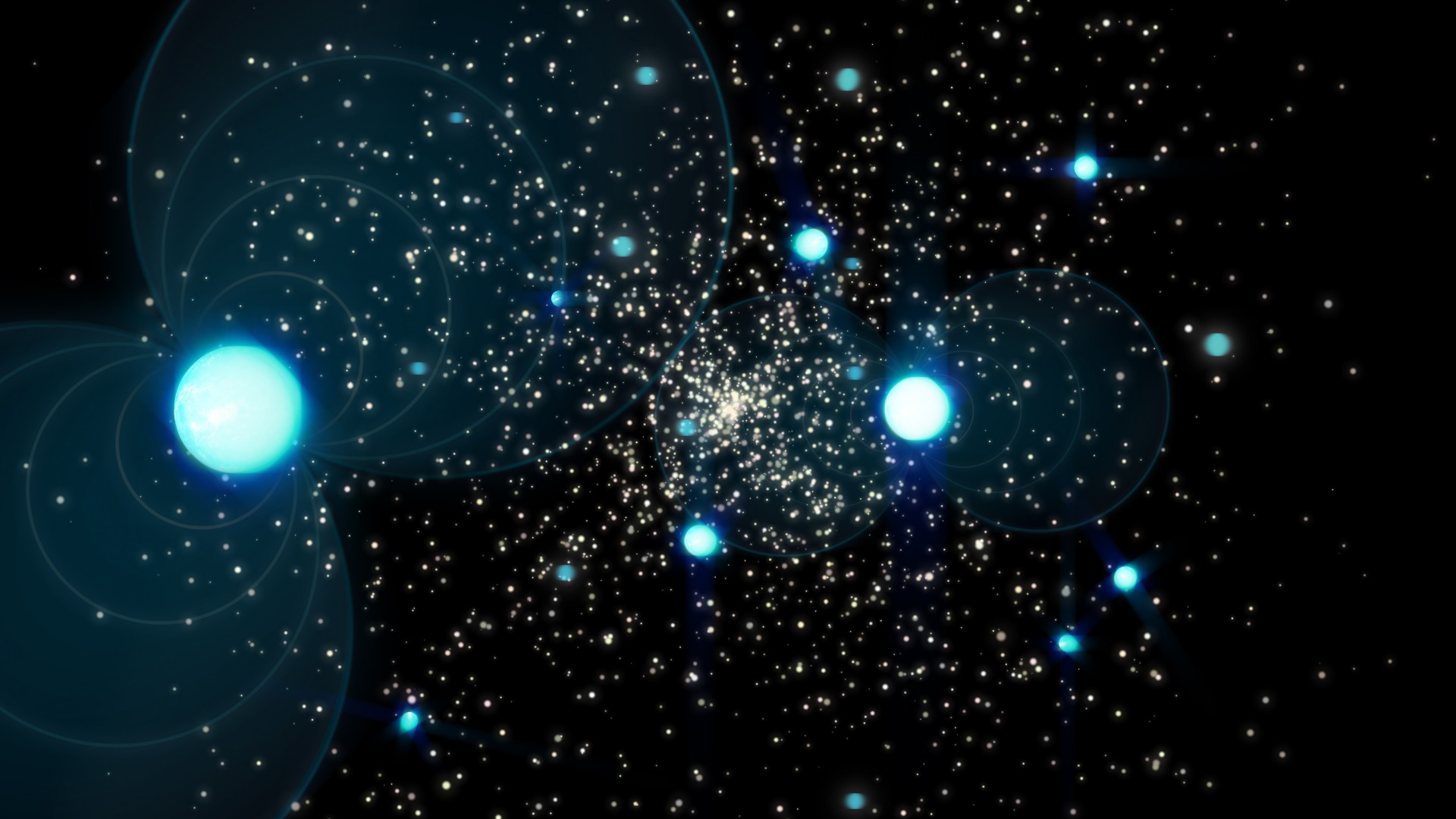
Telescope Tag-Team Discovers Galactic Cluster’s Bizarre Secrets
Towards the center of our Milky Way Galaxy, in the constellation Sagittarius, astronomers have discovered 10 monstrous neutron stars. Astronomers already knew that 39 pulsars call Terzan 5 home.
Found with Webb: a potentially habitable icy world
A team of astronomers has made an exciting discovery about the temperate exoplanet LHS 1140 b: it could be a promising “super-Earth” covered in ice or water.
NA-ROAD Announces 2024 Cohort of 10 Women and Girls in Astronomy for Development Projects
The North American Regional Office of Astronomy for Development (NA-ROAD) is pleased to announce the selection of 10 astronomy for development projects as part of the 2024 cohort. These projects will receive funding as part of the Women and Girls in Astronomy Program (WGAP).
A million light years and still going
In a breakthrough discovery that challenges the conventional understanding of cosmology, scientists at Case Western Reserve University have unearthed new evidence that could reshape our perception of the cosmos.
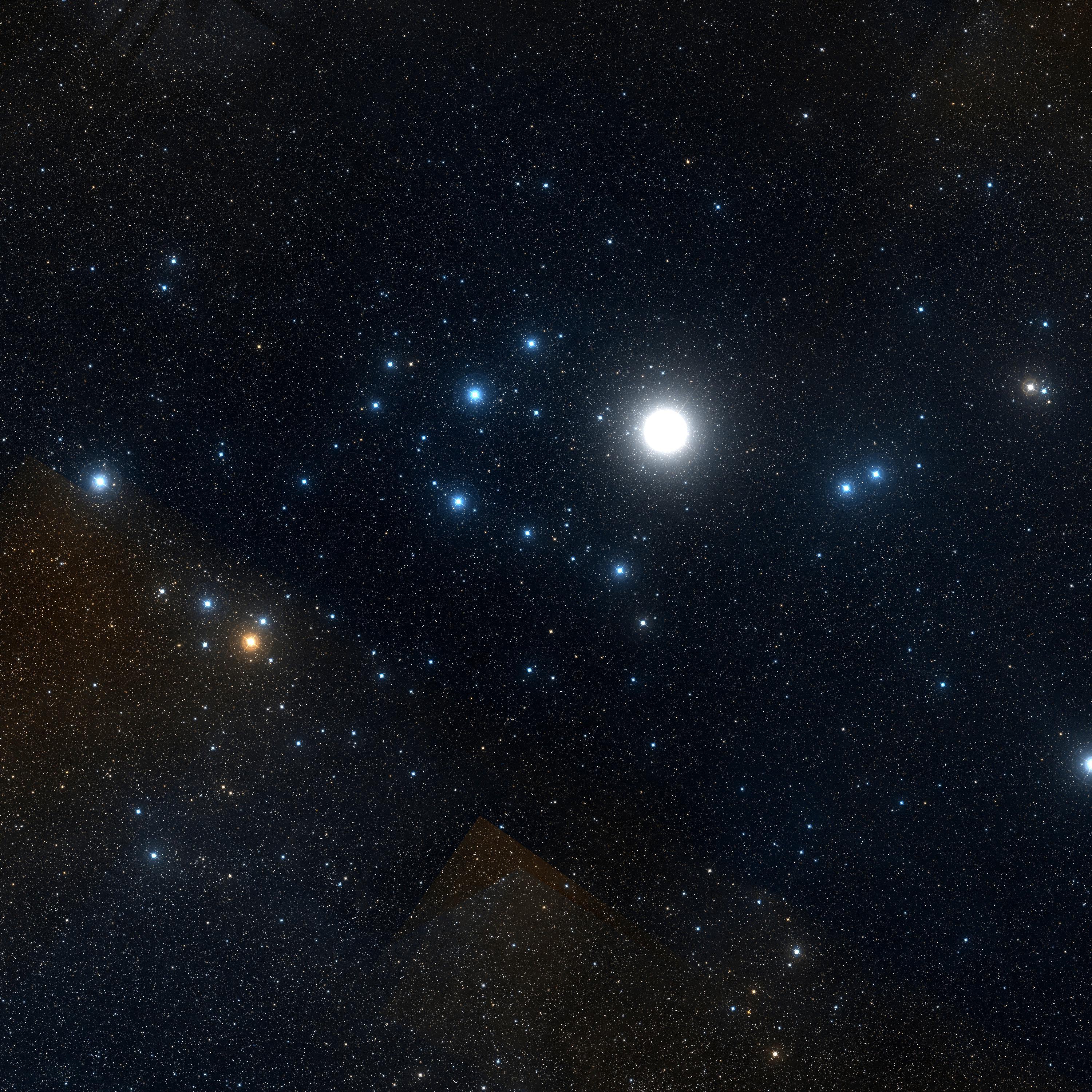
Galactic Bloodlines: Many Nearby Star Clusters Originate from Only Three “Families”
An international team of astronomers led by the University of Vienna has deciphered the formation history of young star clusters, some of which we can see with the naked eye at night.
LSST Camera Arrives at Rubin Observatory in Chile, Paving the Way for Cosmic Exploration
Another exciting milestone in the construction of Rubin Observatory has been achieved! On May 16th Rubin’s LSST Camera reached its forever home, the summit facility on Cerro Pachón.
NASA’s Roman Space Telescope Could Help Researchers Detect the Universe’s First Stars
The universe’s earliest stars, known as Population III stars, are notoriously hard to detect with even our most powerful observatories due to their great distance and short lifetime.
First year of DESI results unveil new clues about dark energy
Researchers at The Ohio State University played a major role in analyzing the first year of data from the Dark Energy Spectroscopic Instrument’s survey into the history of the universe.
Rubin Observatory Achieves Another Major Milestone: Reflective Coating of the 8.4-meter Primary/Tertiary Mirror
Vera C. Rubin Observatory’s successfully coats 8.4-meter primary/tertiary mirror in on-site coating chamber
UC Irvine astronomers’ simulations support dark matter theory
Computer simulations by astronomers support the idea that dark matter – matter that no one has yet directly detected but which many physicists think must be there to explain several aspects of the observable universe – exists, according to the researchers, who include those at the University of California, Irvine.
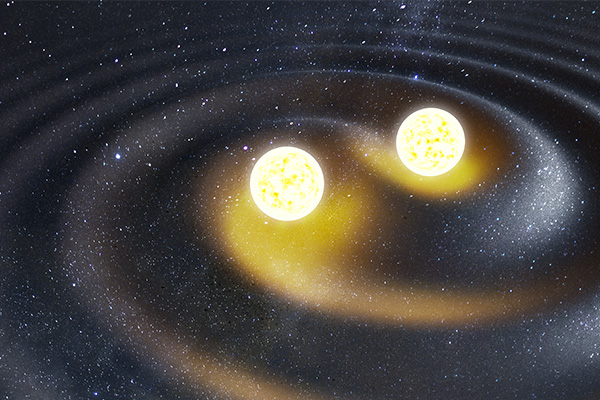
Researchers advance detection of gravitational waves to study collisions of neutron stars and black holes
Researchers at the University of Minnesota Twin Cities College of Science and Engineering co-led a new study by an international team that will improve the detection of gravitational waves—ripples in space and time.
Potential new worlds rescued by citizens of Earth! Early results of people-powered astronomy project ‘out of this world’
Eagle-eyed, armchair astronomers have almost certainly made a number of thrilling discoveries, including two possible Jupiter-sized ‘exoplanets’ – planets outside our solar system – in an international, citizen-science project run out of a UK university.
The Charge-Coupled Device: Revolutionizing How Astronomers See the Universe
In a flash the charge-coupled device ignited a revolution in astronomy, fundamentally altering our approach to exploring the cosmos while advancing many other areas of science and technology. What’s next?
UAH astrophysics research advances understanding of how the light of gamma-ray bursts is produced
Gamma-ray bursts (GRBs) are intense bursts of gamma radiation, typically generating more energy in a few seconds than the Sun will produce over its ten-billion-year lifetime.
FAU Experts Available to Discuss Upcoming Solar Eclipse
Experts from Florida Atlantic University’s Charles E. Schmidt College of Science are available to discuss various aspects related to the upcoming solar eclipse.
Northern Arizona U. astronomer, “eclipse chaser” available to comment on April 8 total solar eclipse
In advance of the rare total solar eclipse coming on Monday, April 8, Northern Arizona University astronomer and “eclipse chaser” Cristina Thomas is available for comment. Thomas can share insights on: How solar eclipses work When and where this eclipse…
Broadband Will Bring High-Speed Internet Connectivity to the National Radio Quiet Zone
Pocahontas County, West Virginia residents are set to experience a transformative shift in their internet connectivity, as the state of West Virginia announces substantial developments in the broadband infrastructure.
Condor Telescope Reveals a New World for Astrophysicists
A new telescope called the “Condor Array Telescope” may open up a new world of the very-low-brightness Universe for astrophysicists.
Peering Into the Tendrils of NGC 604 with NASA’s Webb
In the astronomy field, the term “nearby” is quite relative. Neighboring galaxies to our home galaxy, the Milky Way, are a few million light-years away. In contrast, some of the most distant galaxies ever detected, closer to the Big Bang, are billions of light-years away.
Expert Available: April 8, 2024, Total Solar Eclipse – Deborah Skapik, NASA Partner Eclipse Ambassador
On Monday, April 8, 2024, a total solar eclipse will cross North America, from Texas to Maine. Observers viewing the eclipse from outside the path of totality may observe a partial eclipse, where the Moon covers most, but not all…
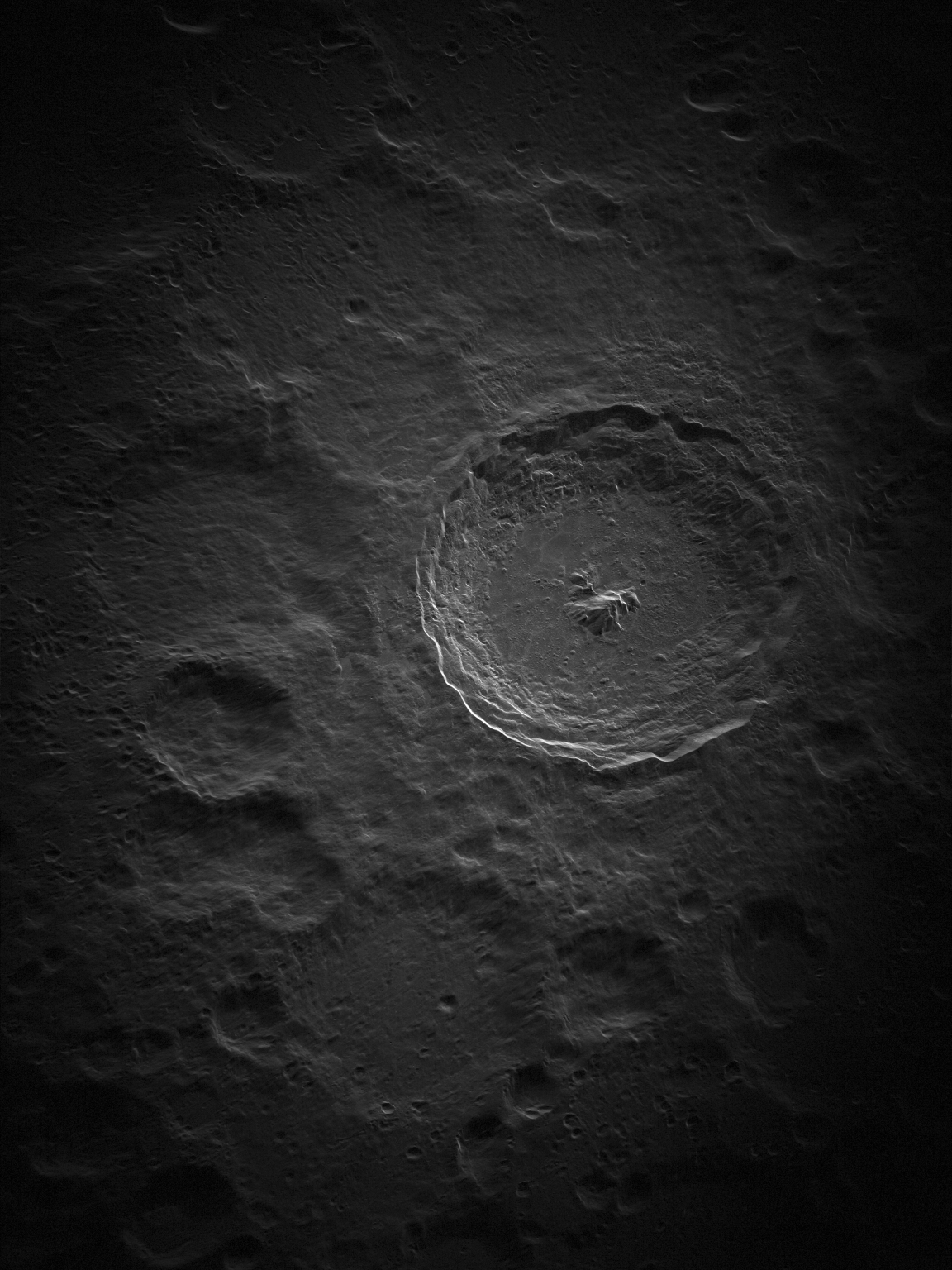
Can Astronomers Use Radar to Spot a Cataclysmic Asteroid?
How does ground-based astronomical radar expand our understanding of the Universe? By allowing us to study our nearby Solar System, and everything in it, in unprecedented detail. Radar can reveal the surface and ancient geology of planets and their moons, letting us trace their evolution.
SETI institute employs SETI ellipsoid technique for searching for signals from distant civilizations
In a paper published in the Astronomical Journal, a team of researchers from the SETI Institute, Berkeley SETI Research Center and the University of Washington reported an exciting development for the field of astrophysics and the search for extraterrestrial intelligence (SETI), using observations from the Transiting Exoplanet Survey Satellite (TESS) mission to monitor the SETI Ellipsoid, a method for identifying potential signals from advanced civilizations in the cosmos.
Finding cannibalized stars
Scientists working with the powerful telescopes at Georgia State’s Center for High Angular Resolution Astronomy (CHARA) Array have completed a survey of a group of stars suspected to have devoured most of the gas from orbiting companion stars.
FAU’s Ata Sarajedini, Ph.D., Among 21 New Fellows of the American Astronomical Society
Ata Sarajedini, Ph.D., was elected for his contributions to the field of resolved stellar populations as applied to the formation and evolution of star clusters and galaxies, extensive service to the astronomical community through leadership of committees, and outstanding efforts in public service such as hosting the “Astronomy Minute” podcast.
Journey Through the Universe celebra 20 años de exploración en la isla de Hawai‘i
Journey Through the Universe: una asociación entre el Observatorio Internacional Gemini, operado por NOIRLab de NSF, y el Departamento de Educación Hilo-Waiākea Complex Area de Hawaiʻi celebra 20 años de exploración cósmica con los estudiantes y la comunidad de Hawai‘i.
Journey Through the Universe Celebrates 20 Years of Exploration on Hawai‘i Island
Journey Through the Universe — a partnership between the International Gemini Observatory, operated by NSF’s NOIRLab, and the Hawaiʻi Department of Education Hilo-Waiākea Complex Area — celebrates 20 years of cosmic exploration with Hawai‘i students and the community.
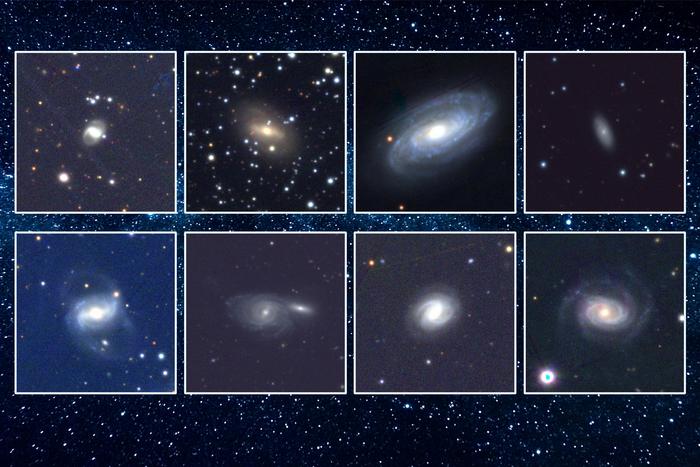
Astronomers spot 18 black holes gobbling up nearby stars
The detections more than double the number of known tidal disruption events in the nearby universe.
UC Irvine-led team unravels mysteries of planet formation, evolution in distant solar system
Irvine, Calif., Jan. 29, 2024 – A recently discovered solar system with six confirmed exoplanets and a possible seventh is boosting astronomers’ knowledge of planet formation and evolution.
Dr. Jennifer Lotz Appointed Space Telescope Science Institute Director
The Association of Universities for Research in Astronomy (AURA) is pleased to announce the appointment of Dr. Jennifer Lotz as the Director of the Space Telescope Science Institute (STScI). Dr. Lotz will begin her five-year appointment as STScI Director starting February 12, 2024.
How Could a Piece of the Moon Become a Near-Earth Asteroid? Researchers Have an Answer
A team of astronomers has found a new clue that a recently discovered near-Earth asteroid, Kamo`oalewa, might be a chunk of the moon.
Record-breaking fast radio burst offers path to weigh the Universe
In a paper published today in Science, a global team led by Macquarie University’s Dr Stuart Ryder and Swinburne University of Technology’s Associate Professor Ryan Shannon, report on their discovery of the most ancient and distant fast radio burst located to date, about eight billion years old.
NASA’s Webb Discovers New Feature in Jupiter’s Atmosphere
Jupiter has some of the most conspicuous atmospheric features in our solar system. The planet’s Great Red Spot, large enough to envelop Earth, is nearly as well known as some of the various rivers and mountains on the planet we call home.
However, much like Earth, Jupiter is ever-changing, and there’s much about the planet we have yet to learn. NASA’s James Webb Space Telescope is unlocking some of those mysteries, revealing new features of Jupiter we’ve never seen before, including a high-speed jet speeding over the planet’s equator. While the jet stream is not as visually apparent or stunning as some of Jupiter’s other features, it’s giving researchers incredible insight into how the layers of the planet’s atmosphere interact with each other, and how Webb will aid in these investigations in the future.
Researchers capture first-ever afterglow of huge planetary collision in outer space
A chance social media post by an eagle-eyed amateur astronomer sparked the discovery of an explosive collision between two giant planets, which crashed into each other in a distant space system 1,800 light years away from planet Earth.
Source of electron acceleration and X-ray aurora of Mercury ̶ local chorus waves detected
Since Mercury is the closest planet to the Sun among the solar system planets, it is strongly influenced by the solar wind, a high-speed (several hundred km/s) stream of plasma blowing from the Sun.
Astronomers discover first step toward planet formation
Astronomers have gotten very good at spotting the signs of planet formation around stars. But for a complete understanding of planet formation, we also need to study examples where planet formation has not yet started.
Study sheds new light on strange lava worlds
Lava worlds, massive exoplanets home to sparkling skies and roiling volcanic seas called magma oceans, are distinctly unlike the planets in our solar system.
How Radio Astronomy Sees Magnetic Fields
Many objects in the Universe have magnetic fields. Planets such as Earth and Jupiter, the Sun and other stars, even galaxies billions of light years away.
Atmosphere – a ghost by the world of glass rains
Russian scientists have modelled atmosphere of the well-known “hot Jupiter” HD 189733b and found out what hindered from stable finding of hydrogen in the atmosphere of the planet. They also defined physico-chemical properties of this planetary system.
Hunting for Supermassive Black Holes in the Early Universe
Supermassive black holes (SMBHs) – black holes with masses exceeding a million times that of the Sun – are known to prevail in the universe today.
VLBA Marks 30 Years Pushing the Bounds of Science
On August 20, 2023, the National Radio Astronomy Observatory (NRAO) marked 30 years since the National Science Foundation’s Very Long Baseline Array (VLBA) had its inauguration ceremony in the high desert of New Mexico. In the three decades since, the VLBA has become not only one of the world’s most famous radio telescopes, but has also played a key role in radio astronomy across the country and the world.
Astronomers Shed New Light on Formation of Mysterious Fast Radio Bursts
International team reports on a radio pulsar phase of a Galactic magnetar that emitted a fast radio burst in 2020; observations suggest unique origins for “bursts” and “pulses,” which adds to FRB formation theory.
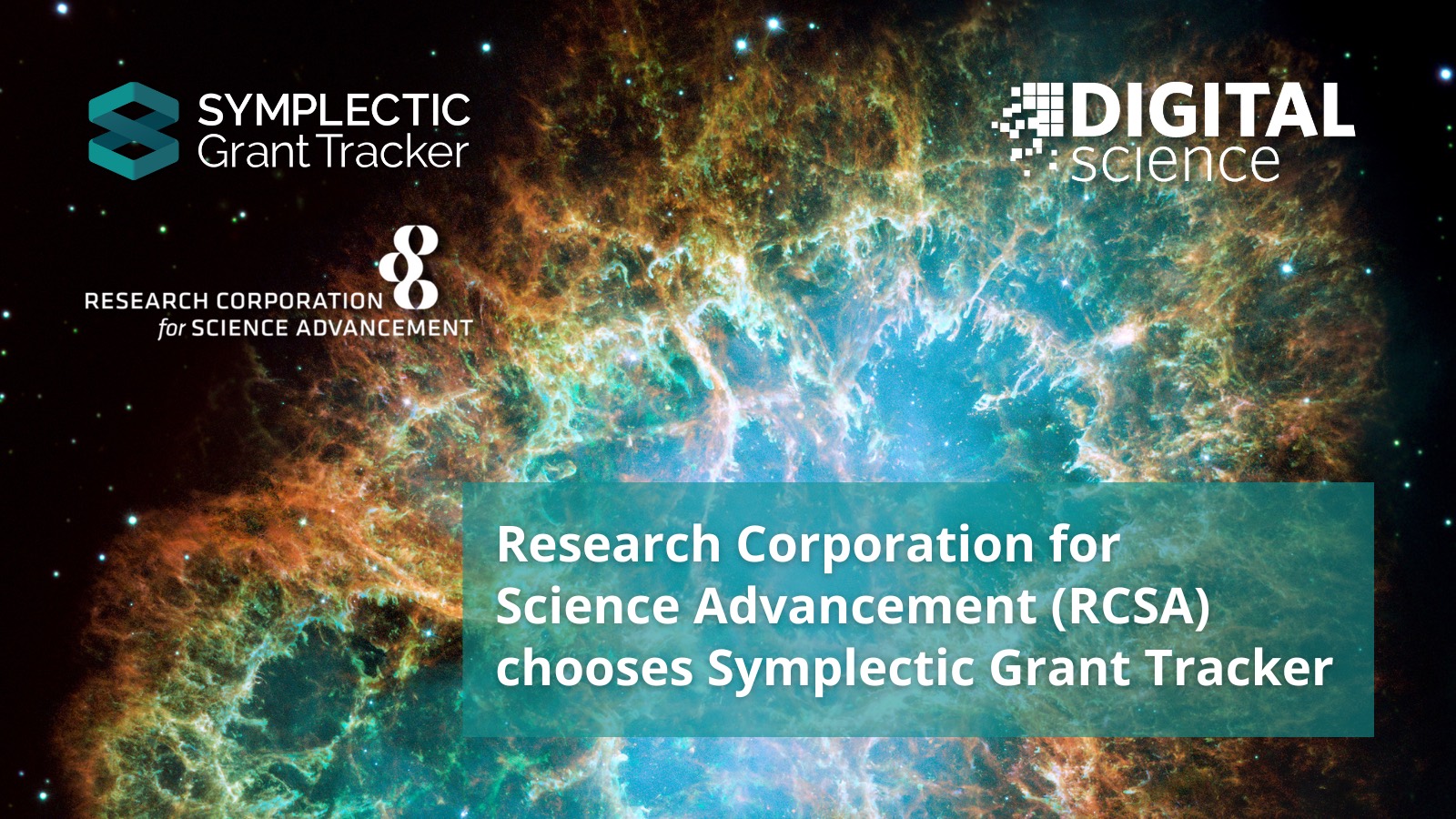
Research Corporation for Science Advancement (RCSA) chooses Symplectic Grant Tracker to manage funding for innovative scientific research
The Research Corporation for Science Advancement (RCSA) has chosen Symplectic Grant Tracker from Digital Science’s suite of flagship products to advance its aims of providing catalytic funding for innovative scientific research.
Astronomers Reveal New Features of Galactic Black Holes
An international team of scientists, including UNLV astrophysicist Bing Zhang, reports in the July 26 issue of Nature a dedicated observational campaign on the Galactic microquasar dubbed GRS 1915+105. The team revealed features of a microquasar system that have never before been seen.
Exploring dark matter and the first bright galaxies simultaneously: 21-cm forest probe may unlock secrets of early universe
The mystery of the first galaxies of the universe is an indomitable urge of human beings.
A Surprise Chemical Find by ALMA May Help Detect and Confirm Protoplanets
Scientists using the Atacama Large Millimeter/submillimeter Array (ALMA) to study the protoplanetary disk around a young star have discovered the most compelling chemical evidence to date of the formation of protoplanets.
When the First Stars Turned On: The Origins of the Universe
All stories start somewhere – even the incomprehensibly vast expanse above us has a beginning. Scientists have long studied the cosmos, searching for answers to the “how’s” and “why’s” of life, and that effort continues to this day. From concepts such as ‘Cosmic Dawn’ and ‘redshift,’ UNLV astronomer and computer scientist Paul La Plante focuses on topics that improve our understanding of where it all began.
DESI Early Data Release Holds Nearly Two Million Objects
The universe is big, and it’s getting bigger. To study dark energy, the mysterious force behind the accelerating expansion of our universe, scientists are using the Dark Energy Spectroscopic Instrument (DESI) to map more than 40 million galaxies, quasars, and stars. Today, the collaboration publicly released its first batch of data, with nearly 2 million objects for researchers to explore.

Bringing the Universe to You
Teachers, students, and the general public can now explore a suite of online, interactive experiences that highlight Rubin Observatory and its science.